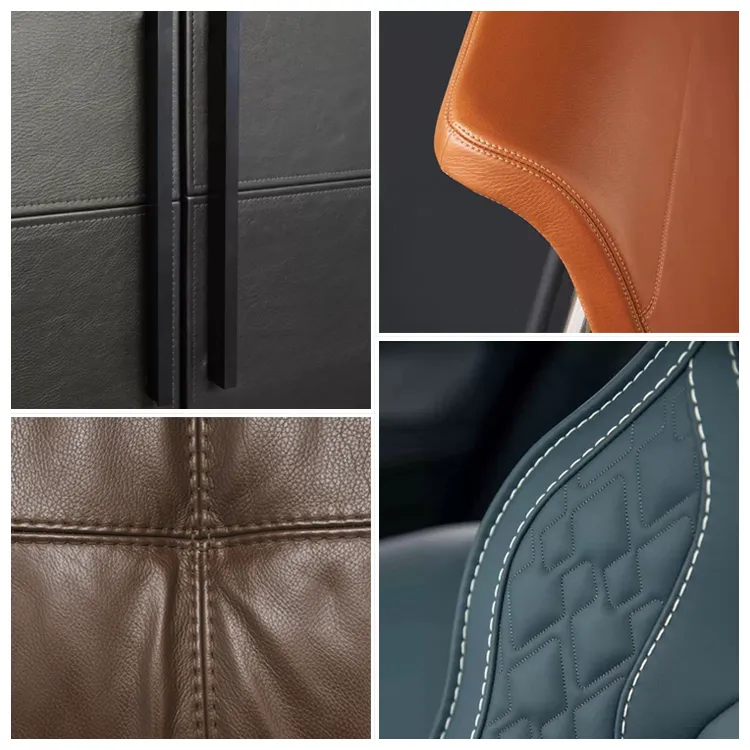how to use a double needle
Using a double needle can open up new creative possibilities for sewing enthusiasts, adding a unique and professional finish to your projects. Whether you are working on hems, decorative stitches, or simply trying to enhance the functionality of your sewing machine, mastering the double needle technique can elevate your creations. Below, we'll explore what a double needle is, how to set it up, and tips for using it effectively.
What is a Double Needle?
A double needle is a special sewing needle with two parallel needles attached to a single shaft. This type of needle allows you to sew two lines of stitching simultaneously, which not only saves time but also creates a decorative effect that is particularly useful for hems and topstitching. Commonly used with a sewing machine, double needles come in various sizes and styles, making them versatile for different fabrics and projects.
Setting Up Your Sewing Machine
1. Choosing the Right Double Needle Before you start, select a double needle that suits your project. They vary in width and needle size. For most projects, a 2.0mm or 4.0mm width is ideal for creating a narrow stitch, while larger widths can produce more pronounced effects.
2. Threading the Machine To use a double needle, you need to thread your sewing machine correctly. Follow these steps - First, install the double needle in the needle holder, ensuring it is secure and properly inserted. - Use two spools of thread for the top. You can either place them on separate spool holders or use a thread guide. If your machine has only one spool pin, place a spool of thread on top and use a second thread spool holder or designate a space nearby for the second spool. - Thread each needle according to your machine’s manual. Ensure both threads are going through their respective tension discs and down through the needle eyes.
how to use a double needle

3. Adjusting Tension and Stitch Settings Once threaded, adjust your machine’s tension settings. Generally, you may need to loosen the tension slightly for more flexibility, especially when working with knit fabrics. Additionally, set your machine to a straight stitch, as this is the most common stitch used with a double needle.
Sewing with a Double Needle
Now that your machine is set up, it’s time to start sewing. Here are some handy tips to ensure success
- Choose the Right Fabric Double needles work wonderfully on woven fabrics, knits, and stretchy materials. However, avoid thick or bulky fabrics as they can cause the needle to break or the stitching to be uneven. - Practice on Scraps Before diving into your main project, practice on scrap fabric to familiarize yourself with the technique and adjust tensions if needed. - Sewing Speed Start at a slower speed when using a double needle. This allows you to maintain control and prevents any accidental skipped stitches or needle breakage. - Finishing Touches After sewing, look at the back of the project to ensure the tension is even and the stitches look uniform. Press your seams flat to give your project a polished finish.
Final Thoughts
Using a double needle can seem daunting at first, but with a little practice, you’ll find that it enhances not only the aesthetic of your sewing projects but also your overall skills. Once you’re comfortable with the setup and technique, you can explore various patterns and styles that will make your sewing journey even more rewarding. Whether you're finishing hems on shirts, adding decorative touches to quilts, or creating professional-looking knit garments, a double needle is an essential tool in any sewer's arsenal. Happy sewing!
-
Leather Sewing Machine: The Industrial Standard for Tough MaterialsNewsJul.18,2025
-
Sail Making Machine: Heavy-Duty Stitching for Industrial and Marine NeedsNewsJul.18,2025
-
Sling Sewing Machine: The Backbone of Heavy-Duty FabricationNewsJul.18,2025
-
Leather Sewing Machine: Precision for Heavy-Duty StitchingNewsJul.18,2025
-
Big Bag Sewing Machine: Powering the Future of Bulk PackagingNewsJul.18,2025
-
FIBC Sewing Machine: Essential Equipment for Bulk Bag ProductionNewsJul.18,2025
-
Heavy Duty Leather Sewing Machine: A Must-Have for Professional LeatherworkNewsMay.28,2025





























